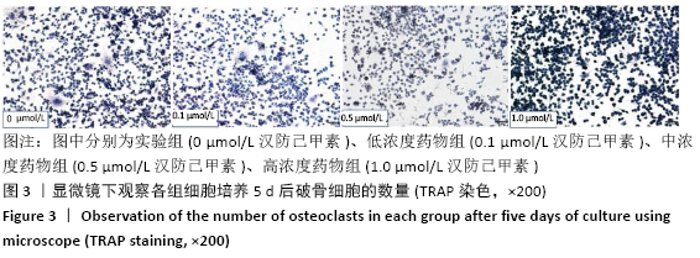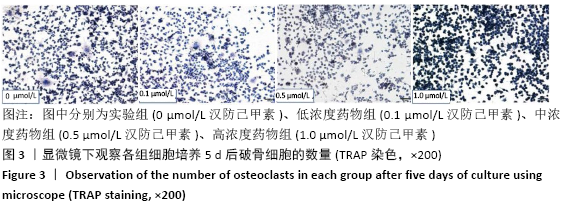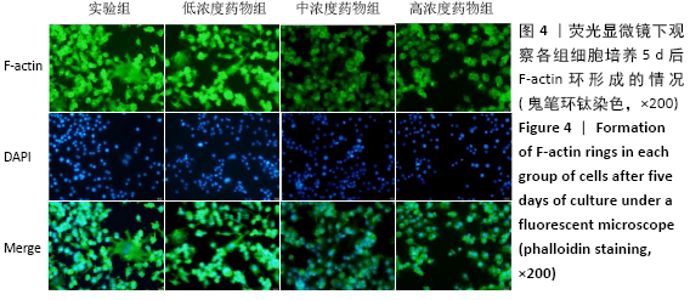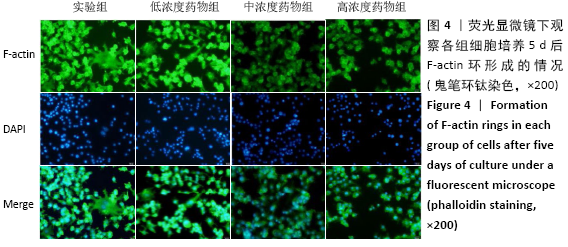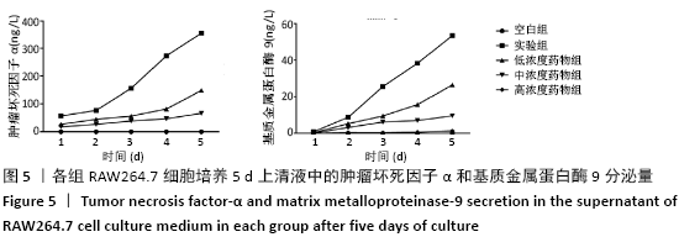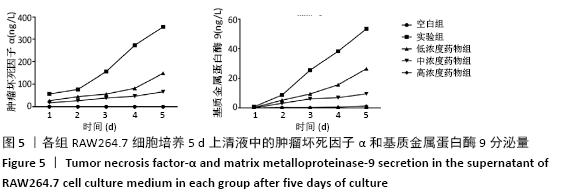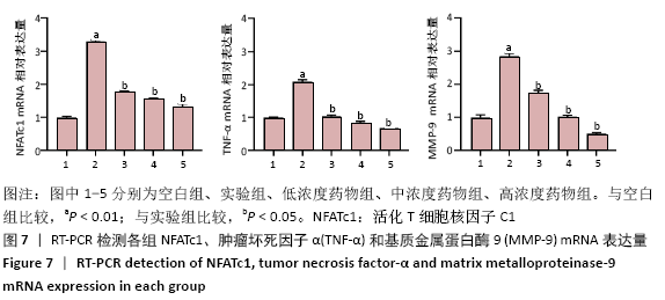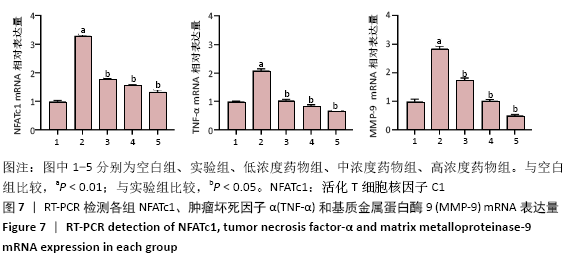[1] 巩栋,吴国泰,甄平.假体周围骨溶解动物模型的研究概况[J].中国组织工程研究,2018,22(15):2421-2426.
[2] GENG T, SUN S, YU H, et al. Strontium ranelate inhibits wear particle-induced aseptic loosening in mice. Braz J Med Biol Res. 2018;51(9): e7414.
[3] 席苑,张海静,叶祖光,等.汉防己甲素现代药理作用研究进展[J].中国中药杂志,2020, 45(1): 20-28.
[4] HE FQ, QIU BY, ZHANG XH, et al. Tetrandrine attenuates spatial memory impairment and hippocampal neuroinflammation via inhibiting NF-κB activation in a rat model of Alzheimer’s disease induced by amyloid-β (1-42). Brain Res. 2011;1384:89-96.
[5] HUANG J, YIN H, RAO S, et al. Harmine enhances type H vessel formation and prevents bone loss in ovariectomized mice. Theranostics. 2018;8(9):2435.
[6] AHN M, LIM H, AHN M, et al. Effect of Extract on Osteoclast Differentiation and Bone-pit Formation. J Korean Med. 2017;38(3): 59-72.
[7] CHEN D, LI Y, GUO F, et al. Protective effect of p38 MAPK inhibitor on wear debris-induced inflammatory osteolysis through downregulating RANK/RANKL in a mouse model. Genet Mol Res. 2015;14(1):40-52.
[8] 王伟,周自华,朱文峰,等.金属-金属假体中钴铬颗粒毒性的研究进展[J].中华骨与关节外科杂志,2019, 12(1):75-80.
[9] 张晓南,徐瑞泽,吴刚,等.不同生物材料假体在人工关节置换中的应用现状[J].中国组织工程研究,2012,16(47):8869-8874.
[10] Ihn HJ, Kim K, Cho H, et al. Pentamidine inhibits titanium particle-induced osteolysis in vivo and receptor activator of nuclear factor-κB ligand-mediated osteoclast differentiation in vitro. Tissue Eng Regen Med. 2019;16(3):265-273.
[11] 许丹,律颖,朱小语,等.小鼠单核巨噬细胞白血病细胞(RAW264.7)的培养及其在诱导破骨细胞中的应用[J].中国骨质疏松杂志,2016, 22(10):1355-1360.
[12] 谢冰洁,冯捷,韩向龙.破骨细胞生物学特征的研究与进展[J].中国组织工程研究,2017,21(11):1770-1775.
[13] 吴飞飞,郭明. 汉防己甲素对缺氧缺糖损伤BV2细胞炎症反应的影响[J].中国临床药理学杂志,2020,36(10):1350-1352.
[14] GAO LN, FENG QS, ZHANG XF, et al. Tetrandrine suppresses articular inflammatory response by inhibiting pro‐inflammatory factors via NF‐κB inactivation. J Orthop Res. 2016;34(9):1557-1568.
[15] LV Q, ZHU XY, XIA YF, et al. Tetrandrine inhibits migration and invasion of rheumatoid arthritis fibroblast-like synoviocytes through down-regulating the expressions of Rac1, Cdc42, and RhoA GTPases and activation of the PI3K/Akt and JNK signaling pathways. Chin J Nat Med. 2015;13(11):831-841.
[16] YAN L, LU L, HU F, et al. Piceatannol attenuates RANKL-induced osteoclast differentiation and bone resorption by suppressing MAPK, NF-κB and AKT signalling pathways and promotes Caspase3-mediated apoptosis of mature osteoclasts. R Soc Open Sci. 2019;6(6):190360.
[17] ZHA L, HE L, LIANG Y, et al. TNF-α contributes to postmenopausal osteoporosis by synergistically promoting RANKL-induced osteoclast formation. Biomed Pharmacother. 2018;102:369-374.
[18] KIM Y, KIM J, LEE H, et al. Tetracycline Analogs Inhibit Osteoclast Differentiation by Suppressing MMP-9-Mediated Histone H3 Cleavage. Int J Mol Sci. 2019;20(16):4038.
[19] CUI Y, ZHAO X, MEI L, et al. Osteon myospalacem baileyi attenuates osteoclast differentiation through RANKL induced NFAT pathways. J Ethnopharmacol. 2018;213:65-71.
[20] LI A, CONG Q, XIA X, et al. Pharmacologic calcitriol inhibits osteoclast lineage commitment via the BMP‐Smad1 and IκB‐NF‐κB pathways. J Bone Miner Res. 2017;32(7):1406-1420.
[21] DENG Z, JIN J, WANG Z, et al. The metal nanoparticle-induced inflammatory response is regulated by SIRT1 through NF-κB deacetylation in aseptic loosening. Int J Nanomedicine. 2017;12:3617.
[22] 张云鸽,宋科官. 假体周围磨损颗粒诱导骨溶解:钙调磷酸酶/活化T细胞核因子信号通路作用的研究进展[J].中国组织工程研究, 2017,21(7):1115-1122.
[23] 姜建浩,李朋,杜刚强,等.钴铬颗粒刺激成骨细胞前体细胞可能加重假体周围的炎症反应(英文)[J].中国组织工程研究,2019, 23(26):4101-4108.
[24] KITAZAWA R, HARAGUCHI R, FUKUSHIMA M, et al. Pathologic conditions of hard tissue: role of osteoclasts in osteolytic lesion. Histochem Cell Biol. 2018;149(4):405-415.
|


